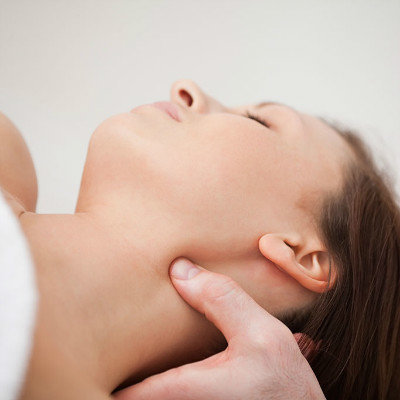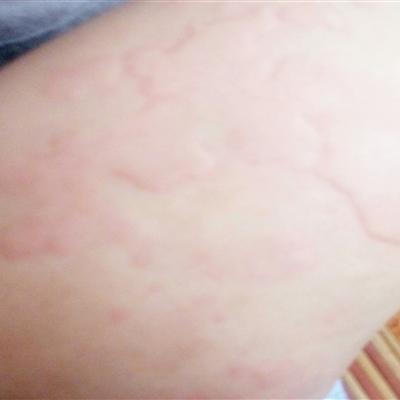Ear mastoiditis symptoms?
summary
Mastoiditis can affect people's hearing, it can not be underestimated! If you have severe mastoiditis, it may lead to deafness. So for the sake of our ears, we also have the obligation to understand its pathogenesis and some symptoms. The cause of otitis media and mastoiditis is often secondary to otitis media, and the most common cause of otitis media is caused by upper respiratory tract virus infection, such as cold or flu caused by nasal congestion, easy to complicated with otitis media. Secondly, blowing the nose too hard and improper expansion of the eustachian tube during swimming may cause bacteria to enter the middle ear and tympanic membrane injury, and cause bacteria to enter the middle ear from the external auditory canal and cause otitis media. Ear mastoiditis symptoms? Let's talk about it.
Ear mastoiditis symptoms?
The symptoms of otitis media and mastoiditis acute mastoiditis is due to the weak body resistance, strong virulence, or improper treatment, so that otitis media continue to develop and caused, more common in children. The earache and deafness increased, and the ear pus increased or decreased suddenly. The skin of mastoid was slightly swollen and flushed, the lateral wall of tympanic sinus and mastoid tip were obviously tender, and the posterior superior wall of bony external auditory canal was red, swollen and collapsed. X-ray film of mastoid process showed that the air chamber was fuzzy, the abscess cavity was formed, the posterior atrial septum was unclear, and the fusion was a transparent area.

After the onset of acute otitis media, the clinical manifestations of acute mastoiditis may become obvious due to the destruction of mastoid cortex 2 weeks or more after the onset of acute otitis media. Due to the destruction of the lateral mastoid cortex, it can develop into a retroauricular subperiosteal abscess. The mastoid process is red and swollen, with tenderness and wave motion. The auricle is pushed outward and downward, often resulting in increased earache, fever and otorrhea. Otodynia was persistent and beating, often with a large number of pale yellow pus outflow.

In acute otitis media, there is effusion in the air chamber of mastoid, and due to pus, swollen mucosa and granulation tissue in the air chamber, CT can show the density of soft tissue. In fusion mastoiditis, the boundary of the air chamber is not clear. Because of the display of the fusion of the air chamber filled with fluid and tissue, the air septum is no longer visible.

matters needing attention
1. First of all, active and timely treatment of acute otitis media. 2. Secondly, after the occurrence of acute mastoiditis, it will break itself and expand outward within a certain period of time. We should go to the hospital in time to perform simple mastoidectomy, and remove the purulent material drainage at the middle ear and mastoid, so as to prevent the external expansion, forming retroauricular abscess, and expanding inward to form intracranial complications such as meningitis. 3. We should improve the health quality of patients, strengthen nutrition, and provide adequate protein and vitamin diet. Strengthen the resistance, remove the emergency dressing and keep the dressing clean until the wound is healed.













